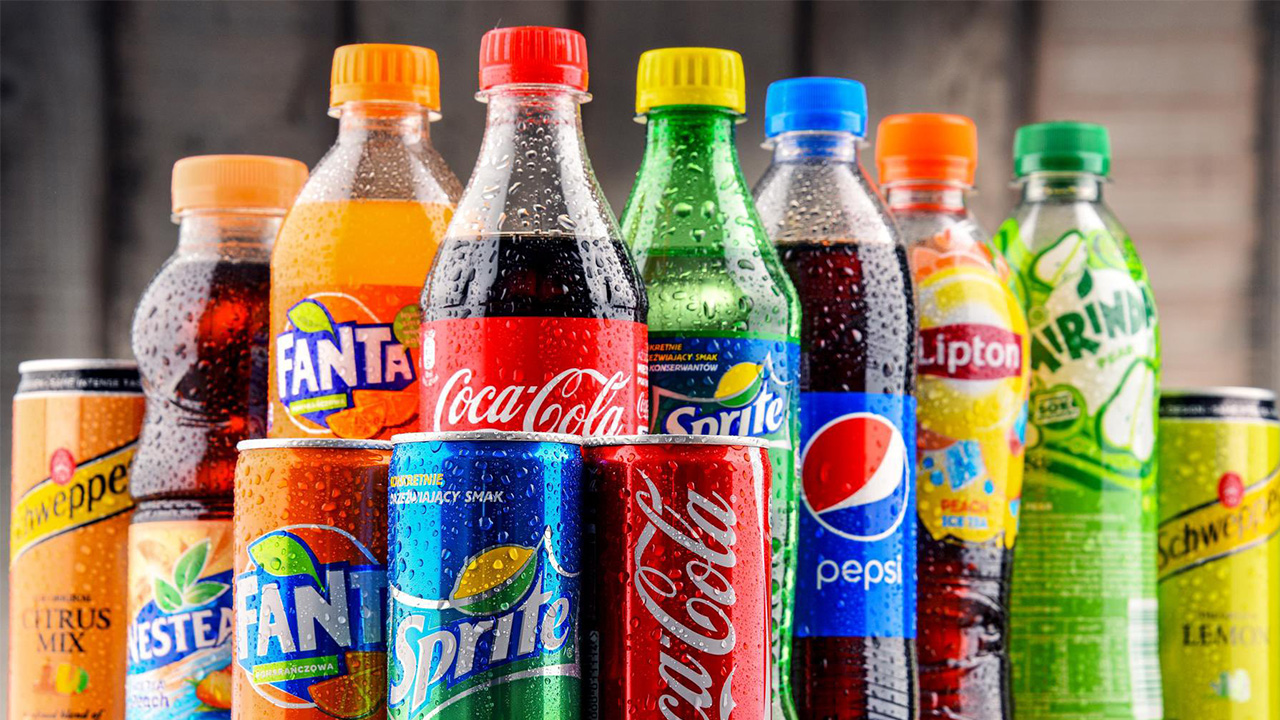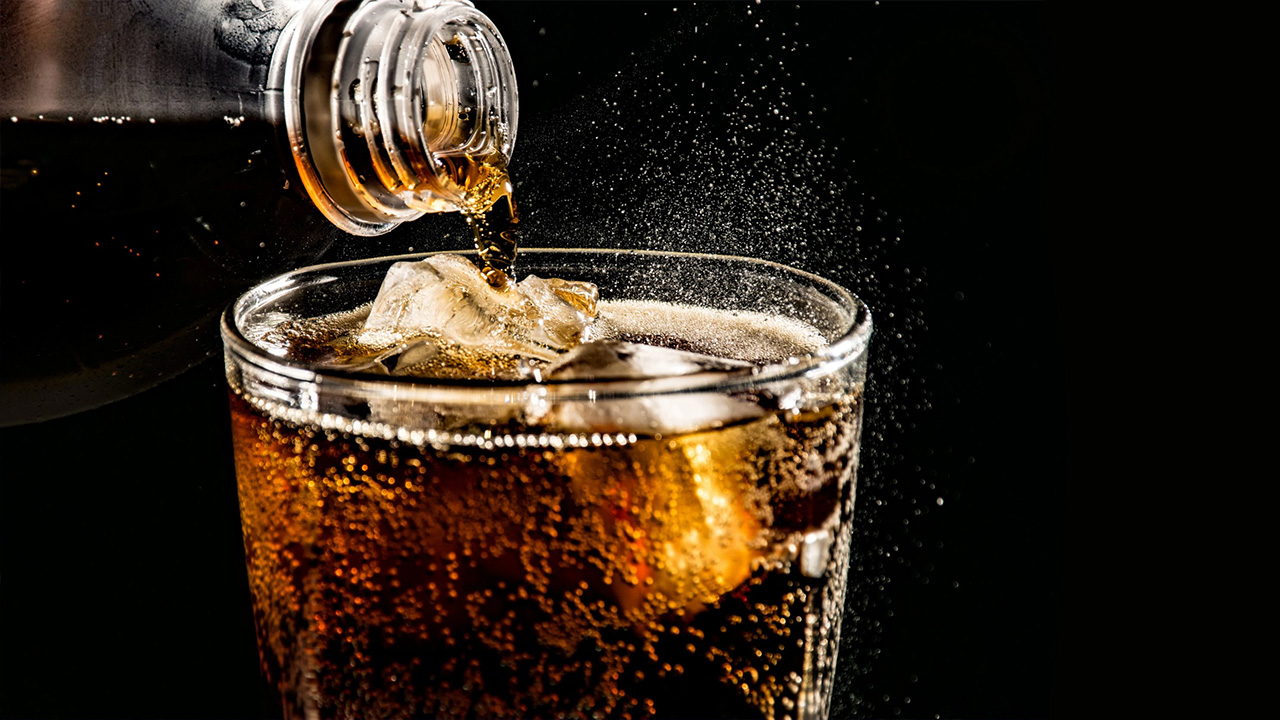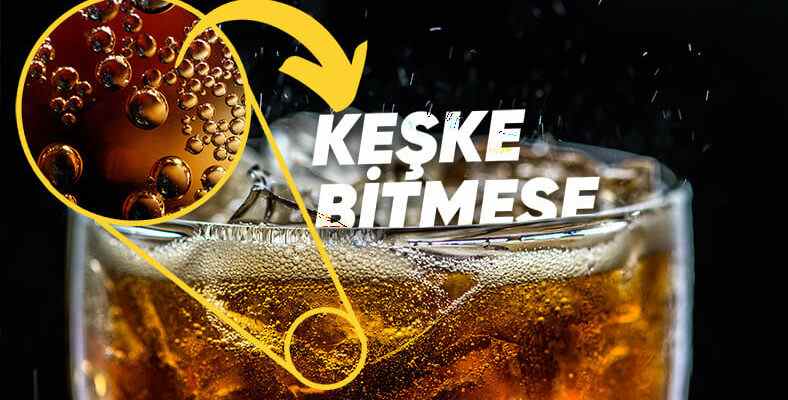Fizzy drinks lose that sizzling feeling they gave us when they were first opened, after a while. So what’s the reason for this? To find out, we will look for an answer by looking at how the acid in carbonated drinks is formed.
Cola, soda or soda… No matter what type, all sodas don’t stay as they first came out of their cans. Let’s say you’re drinking a Coke in a can. When you open the box, the first “hiss” sound and then tickling sizzle You know his voice, don’t you? Have you ever thought about why those sounds stop after a while?
That sound that we encounter very often in our daily lives, but that we don’t usually hang out with, is actually the result of a magical chemical process. These bubbles formed in acidic beverages are due to carbonation. is happening. Let’s take a closer look at what this carbonation is, why bubbles do not appear forever.
Why do bubbles form in carbonated drinks?
These bubbles are formed as a result of the chemical reaction of the substances in the beverage you drink. Added to the carbonated beverage at this point carbon dioxide is added to water or an aqueous solution by pressure. This pressure is possible by mixing carbon dioxide from gas to liquid form and mixing it with the mother liquid.
Dissolution must be prevented until the moment of drinking.

For this, manufacturers; inside a can, glass or plastic bottle raising the pressure It keeps these products at low temperature. When these conditions are met, water molecules hold too many carbon dioxide molecules. Some of the carbon dioxide dissolves in water in airtight boxes.
The remainder is in the gaseous state between the top of the bottle or can and the liquid. The first time we open a fizzy drink “tiss” The sound is caused by the sudden escaping of this gas into the atmosphere.
So why do these bubbles escape? What would happen if we drank even if they didn’t run?

Carbon dioxide is about 1.5 times heavier than the air we breathe. From this point of view, this gas should not escape. However Fizzy drinks become supersaturated with carbon dioxide. For this reason, we see that carbon dioxide tries to escape from the coke.
This escape occurs with bubbles starting from the inside of the coke and rising upwards. When the bubbles rise to the top, they burst, creating a sizzling sound. The amount of carbon dioxide in the box is determined by the manufacturer. and of course it will run out or go low at some point. The reason why the acid in cola or sodas escapes is actually due to the lack of carbon dioxide.
RELATED NEWS
What Happens In Our Body During The First 1 Hour After Drinking 1 Can of Coke?
When carbonated drinks are shaken, they help carbon dioxide escape faster.
When you shake a soda, you mix the air in the empty part of the can with the rest of the liquid. This too more chemical reactions it causes. In this situation, which creates a jam in the box, the pressure of the box rises even more. If it does not explode, some of the carbon dioxide may dissolve back into the liquid after a while.
RELATED NEWS
How Many Cubes of Sugar Enter Your Body When You Drink a 330ml Can of Coke?
When the can is opened immediately after shaking uncontrolled foaming. The reason is that the carbon dioxide in the liquid tries to escape very quickly.
